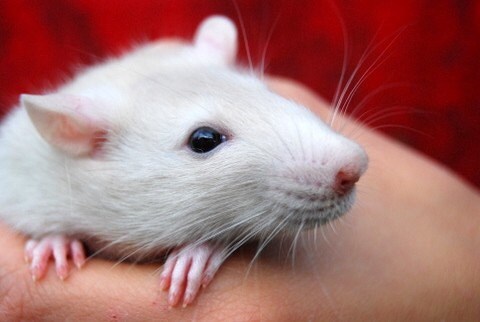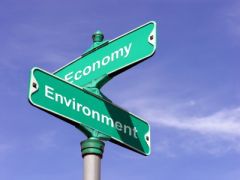
- Why are stem cells considered so valuable for medical research?
Because stem cells are pluripotent (they can transform into many different specialized cells).
- Why did the researchers have to narrow the spectrum of genes within stem cells? (video 1)
Because doing that, they could reproduce them from skin cells, having a much wider spectrum afterwards.
- What are the sources of stem cells and the advantages and disadvantages associated with using each?
Stem cells used for this kind of investigations are the one that embryos have. The advantages could be that you could eventually regenerate any kind of cell, and potentially heal an organ. Disadvantages could include that, apparently to produce one of those cells and organs, you have to create life, use what you and then need and destroy it.
- What are the three cases presented at the beginning of the second video?
A hockey player whose spinal cord was damaged. Diabetes in a young man. Two girls who were cousins had a genetic disorder (Tay- Sachs disease)
- How might a stem cell be used to treat spinal cord injuries?
They have to insert the stem cell in the damaged spinal cord, and then wait for it to make the "bridge".
- Explain the outcome of the experiment with injured rats presented in the second video?
Rats whose spinal cord was damaged, were treated and then they could almost walk normally.
- What issues surround the debate over of stem cell research?
Ethic issues. The importance of preserving life.
- What issue do you think needs to be debated as we make decisions about stem cell research?
The importance of having the power to create life carries a huge responsibility, and how can we be sure than this knowledge will be used only for the good of the people.




